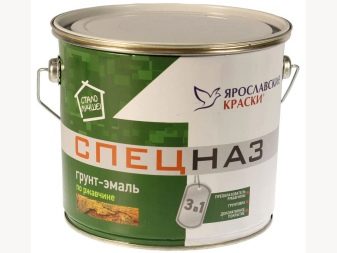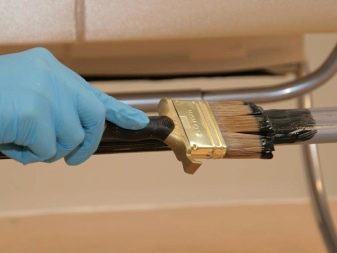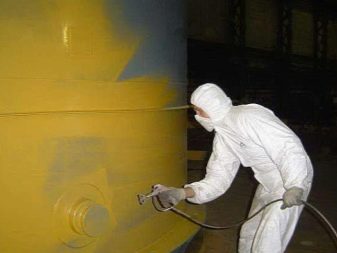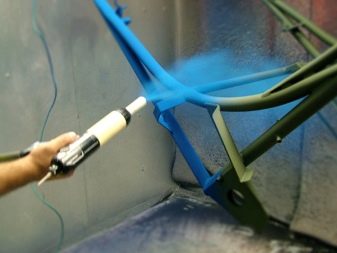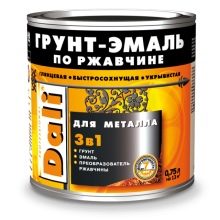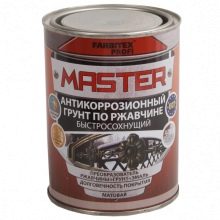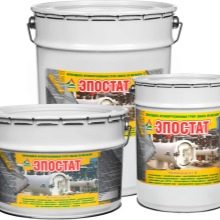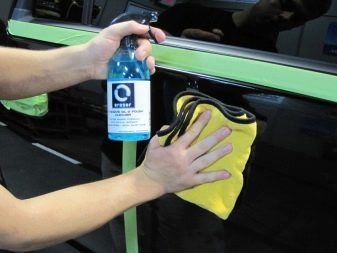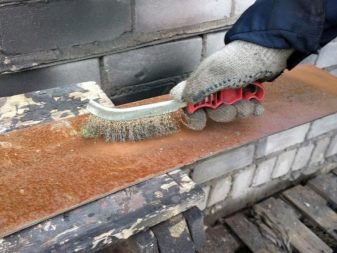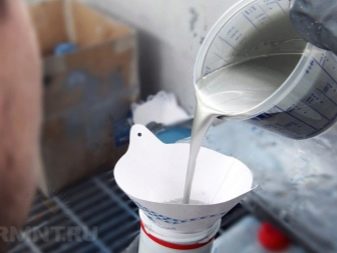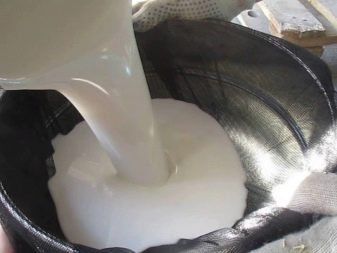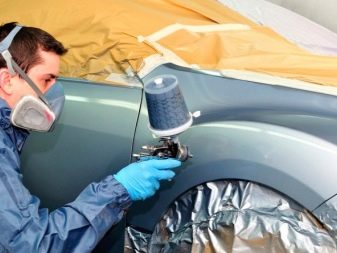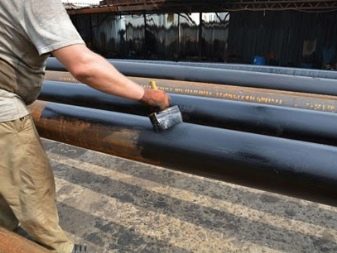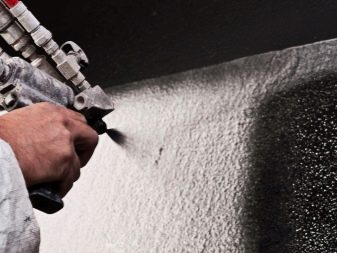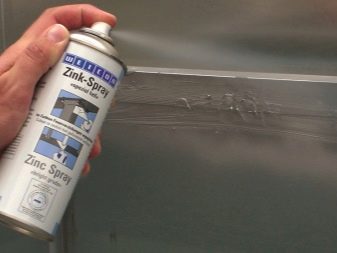Acrylic anticorrosive priming enamel

The wide distribution of acrylic paints and enamels due to the fact that they allow to paint a variety of surfaces, including metal. In this case, the anticorrosion properties of the paintwork are of particular importance. In acrylic enamel primer for metal, they are significantly better than conventional paint. But just knowing all the nuances of this mixture and the specifics of its use, you can achieve a positive result.
Special features
Acrylic primer enamels are designed to paint a metal surface, including:
- vehicles;
- infrastructure facilities;
- Agreecultural machines. Agreecultural equipment;
- other objects and objects for which solid decorative characteristics and long service life are important.
Decent physical and chemical parameters, excellent aesthetic qualities in combination with a solid covering ability and ease of application make such compositions among the best.
Having dried, the primer enamel turns into a coating that is strong and resistant to the negative effect of atmospheric processes. It retains its brilliance for a very long time, does not give in to shocks and various deformations.
Even with a short contact with water or industrial oils, the anti-corrosion enamel fully justifies its name - the liquid will not be able to reach the metal.
On the market there are many types of such enamels, differing in color.
Preparation for work
The ease of application does not mean that you can completely ignore the preparatory stage. On the surface of the metal should not be any stains, water-soluble deposits, traces of grease and oil. To get rid of these contaminants, aromatic solvents (solvent, acetone, etc.) are used, with which the cloth is impregnated. It is important to check the base so that it is clean and dry. Purification can be carried out manually, with mechanical tools, blasting or sandblasting methods.
The original coating is often quite strong. and has no corrosion defects (with the destruction of no more than 20% of the surface). Then you need to handle only deformed areas. Otherwise, you need to clear the substrate and completely prepare a metal object.
The anticorrosive root-enamel should be well mixed, and in some cases the solution should be diluted to the desired viscosity.
Its meaning is:
- when painted with brushes and rollers (60 seconds using a viscometer);
- with aerosol spraying - from 25 to 30 seconds;
- when sprayed in vacuum - from 40 to 60 seconds.
Important: diluted enamel should be mixed again and filtered through a steel sieve or mesh.
How to paint?
Enamel primer is applied in one or two layers, when the temperature in the room is not less than +5 and not more than + 35 degrees, and the humidity of the air does not reach 80%. Each layer is made 30-40 microns thick. When two layers are laid, the coating should be applied at intervals of 15 minutes. At the same time for each layer spend from 0.1 kg per 1 sq. M. This means that the usual container with a capacity of 25 kg should theoretically be enough for 250 m2.
The group "wagon" includes acrylic primer-enamel type AK-100helping the electrochemical protection of metals.Due to this, the surface is reliably covered from the action of destructive atmospheric processes, from contact with fresh and salt water. This type of primer enamel contains zinc silver. If the paintwork is deformed, a galvanic combination of metals appears, which can reduce the corrosion rate by 10-40 times (compared to the rates of corrosion of pure steel).
Two layers are almost always enough to protect the base for one and a half decades, and corrosion does not develop under the film.
The advantage of the AK-100 is also the lack of need for auxiliary equipment, as well as saving labor costs. From above it is possible to put any kinds of enamels.
An overview of the rust protection agent "Special Forces" see in the video below.
